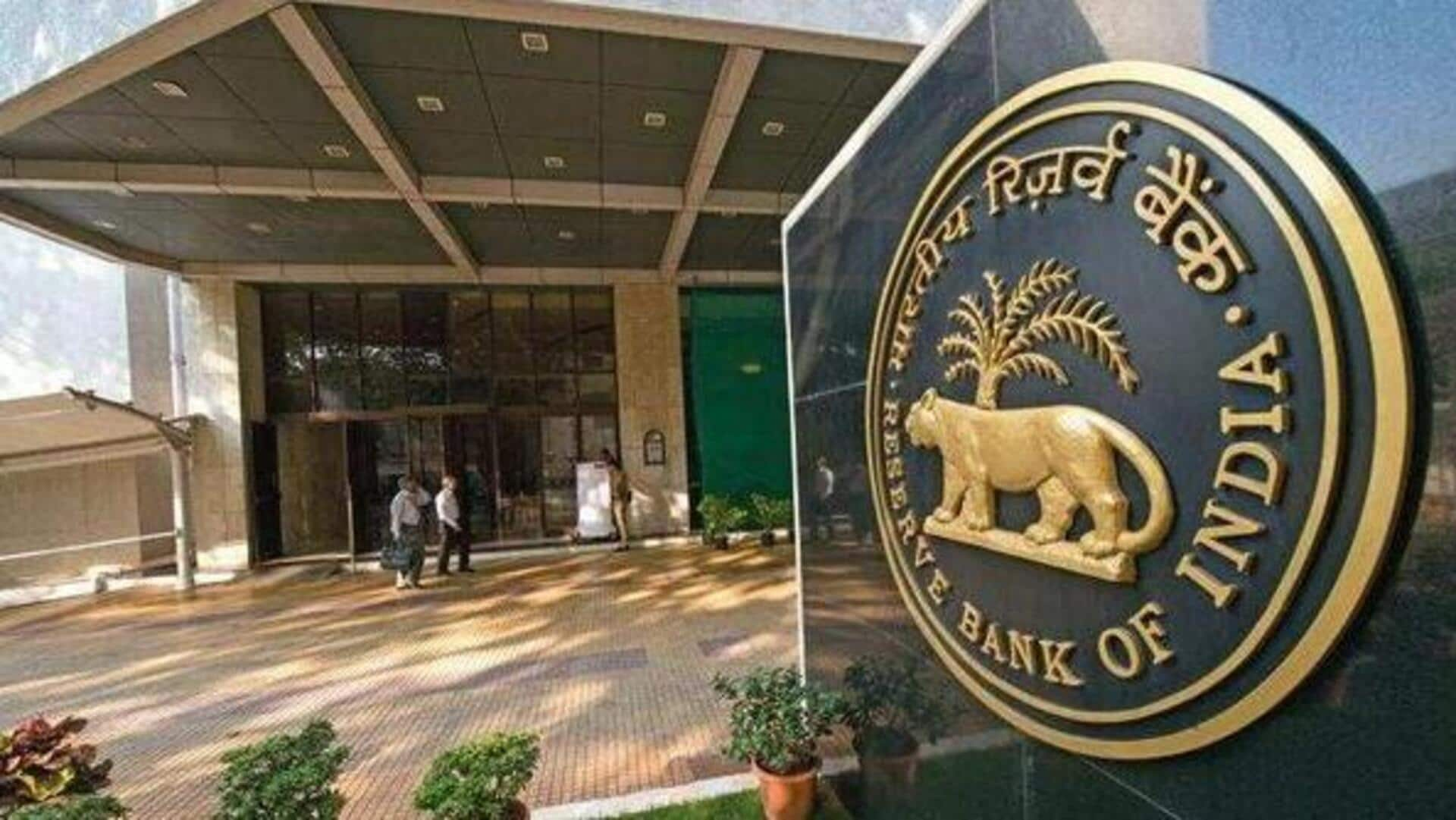
RBI may hike rates if oil hits $110: Morgan Stanley
What's the story
Morgan Stanley notes that the Reserve Bank of India (RBI) may raise interest rates if Brent crude oil prices continue to rise and stay above $110 per barrel. The bank says this could widen India's current account deficit and hurt the rupee. Morgan Stanley economists said, "Sustained higher oil prices would... mean that the current account deficit would likely widen to beyond 2.5% of GDP - the comfort zone."
Details
Impact of rising oil prices on inflation
The bank estimates that every $10 rise in oil prices pushes up India's inflation by 50 basis points, assuming the higher costs are passed on to consumers, and widens the current account deficit by 30 basis points. To fight inflation, RBI previously raised the policy repo rate by 250 basis points between May 2022 and February 2023.
What Next?
RBI's inflation target and current oil prices
The RBI has since kept the policy repo rate steady at 6.50% to focus on lowering inflation to its 4% target. The central bank projects inflation at 5.4% for fiscal year 2023-24, based on an average crude oil price of $85 in October-March. Currently, Brent crude oil is trading near $86. India is more vulnerable to higher oil prices than other Asian economies, with an oil trade balance of -2.6% of GDP.
Insights
Geopolitical risks and Morgan Stanley's oil price forecast
Morgan Stanley sees geopolitical risks in the ongoing war between Hamas and Israel. The bank expects oil prices to rise to $95 per barrel in October-December but then decline into 2024. If prices stay around $95 per barrel, the impact on India's macro stability would be "manageable." However, higher inflation could delay the RBI's planned "shallow" rate cut cycle, as Morgan Stanley previously predicted.
Facts
India's fuel consumption increased by 5.5% in October
The investment bank had earlier said that it expects the RBI to start cutting rates in April-June next year. However, elevated oil prices may delay the rate-cut cycle. Meanwhile, in October, India's fuel consumption, used as an indicator of oil demand, increased by 5.5% compared to the previous month, reaching approximately 19.26 million metric tons, according to data from the Petroleum Planning and Analysis Cell (PPAC) of the oil ministry, as reported on Monday.